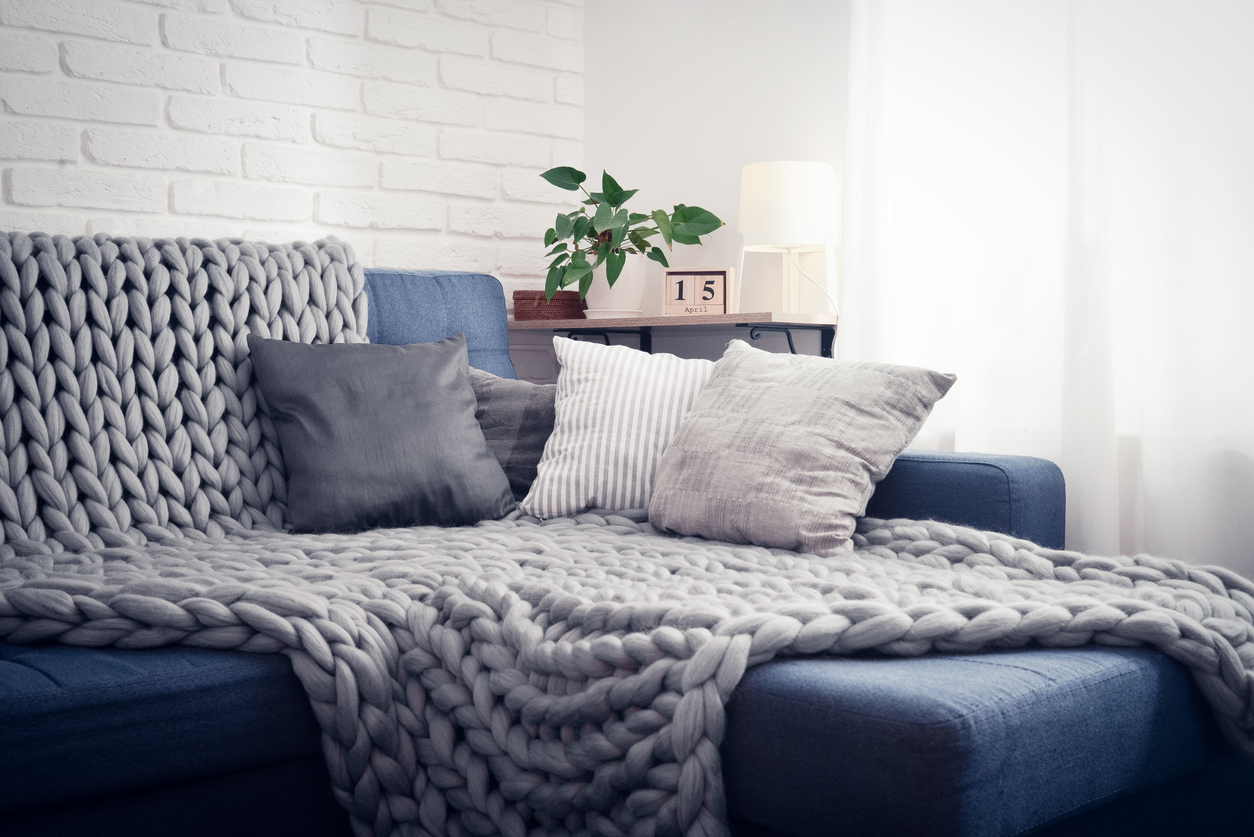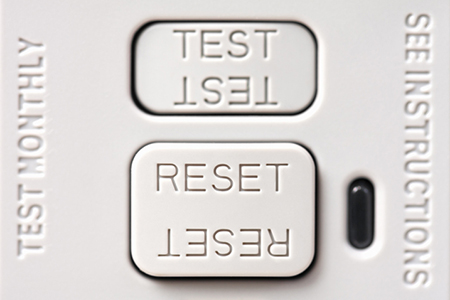
Squirrels, raccoons, opossums, bats–these types of so-called “nuisance wildlife” often try to find shelter in and around homes, especially through attics and basements. In addition to being unwelcome guests, wild animals can damage property and pose serious health risks.
To help you critter-proof your property, the National Pest Management Association (NMPA) offers the following five tips:
Screen Vents
Raccoons and squirrels often find their way into homes via uncapped chimneys, broken vents and other openings along rooflines. Ensure that these items are fully screened to prevent wild animals from making your home their own.
Raccoons and squirrels often find their way into homes via uncapped chimneys, broken vents and other openings along rooflines. Ensure that these items are fully screened to prevent wild animals from making your home their own.
Cover the Trash
Many types of nuisance wildlife, especially raccoons, are attracted to piles of trash left outside. You should store all garbage bags in plastic containers with sealed lids to make it difficult for animals to dine on your leftovers.
Many types of nuisance wildlife, especially raccoons, are attracted to piles of trash left outside. You should store all garbage bags in plastic containers with sealed lids to make it difficult for animals to dine on your leftovers.
Cut Back Vegetation
Squirrels and other small wildlife are known to use tree branches to gain access to rooflines, where they can then find a number of ways to move indoors. Be sure to cut back any tree limbs or branches that hang too close to the foundation. A good rule of thumb is to keep vegetation at least 6 to 8 feet from the roofline.
Clean up the Yard
Don’t let brush, leaf piles or other debris accumulate in the yard, as these materials make the ideal harborage site for small animals. Also, make sure firewood is stored at least 20 feet away from the house during the cooler months.
Don’t let brush, leaf piles or other debris accumulate in the yard, as these materials make the ideal harborage site for small animals. Also, make sure firewood is stored at least 20 feet away from the house during the cooler months.
Keep Bird Feeders Out of Reach
Ensure bird feeders are only accessible to birds. Squirrels, raccoons, opossums and even bears are drawn to birdseed. Homeowners should also place birdbaths where small animals can’t reach them. Birdbaths and fountains may attract wildlife to the property, especially in areas where water is scarce.
Ensure bird feeders are only accessible to birds. Squirrels, raccoons, opossums and even bears are drawn to birdseed. Homeowners should also place birdbaths where small animals can’t reach them. Birdbaths and fountains may attract wildlife to the property, especially in areas where water is scarce.
If you encounter nuisance wildlife on your property, the NMPA says it’s extremely important to contact a local wildlife control specialist or pest control professional instead of attempting to trap and remove the animal on your own.





